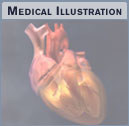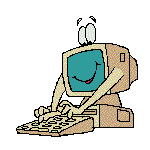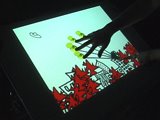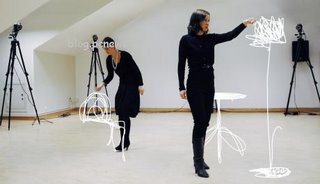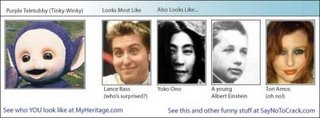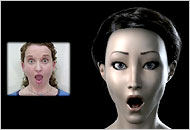Good Intentions

I have a diary full of intentions that rarely get fulfilled, and also a shed of equipment that I intend to fix, and drawers of papers I intend to sort out. Somewhere between the Intent and the Action there is a gap.
Scientists have now been able find that gap in the brain - and what is more - make an animation of it.
Is Computer Animation about to take over the world? Well, of course it is, but when? It awaits the time when computers are fast enough, cheap enough, and simple enough for them to replace writing with images. Not much hope of that for a while, but the first commercial Quantum computer has just been launched
http://science.slashdot.org/article.pl?sid=07/02/08/1355255 and that may be a small step for mankind but a giant step for computer animated characters.
Better news is that Disney is bringing back 2D hand-drawn animation; Hooray! Back to the future, or should I say Forward to History.
http://us.indiantelevision.com/end/y2k7/feb/9febge2.htm
It heralds in a new era where children will be able to copy the cartoon characters to learn drawing, waste time during school lessons, and produce a better class of grafitti.
Who can name a single 3D character (apart from Wallace and Gromit) that is as memorable as the early Disney and Warner Bros characters.
Of course, 2D hand drawn animation never went away. In fact it has proliferated in the form of animation workshops in schools, community centers, and increasingly on the Internet. You can find some examples at http://news.awn.com/index.php?ltype=top&newsitem_no=19027
Stan




